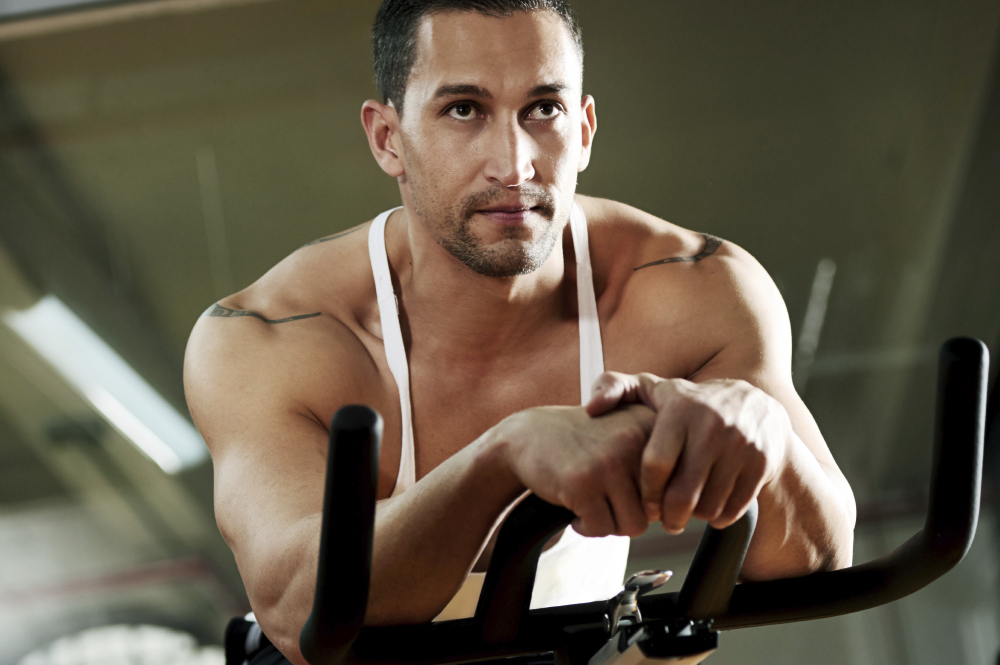
WARM UP AND COOL DOWN
Exercise physiologists and medical organizations such as the Mayo Clinic recommend that you warm up before activity with increasingly active movements to help coordinate your body’s physical functions. Starting high-intensity physical activity cold can result in less efficient muscle contractions and cardiovascular work at the beginning of your activity. After you have finished an intense workout, practice or game, cool down with moderate muscle movements as you lower your heart rate and prepare for after-work stretching.
MUSCLE CRAMP
If you have experiences a “charley horse” you probably still remember the sudden, tight and intense pain caused by a muscle locked in spasm. A cramp is an involuntary and forcibly contracted muscle that does not relax. The most common muscle groups affected by cramps include the calf/lower leg, hamstrings (back of thigh) and quadriceps (front of thigh). Cramps may also be felt in the feet, hand, arm, abdomen and along the rib cage, may last 15 minutes or longer and vary in intensity. A muscle cramp can reoccur multiple times before it goes away.
Although the exact cause is unknown, some believe that inadequate stretching and muscle fatigue contribute. Other factors may include working in intense heat, dehydration and depletion of salt and minerals (electrolytes).
TREATMENT
Muscle cramps will usually go away on their own. It is recommended that you:
- Stop doing whatever activity triggered the cramp.
- Gently stretch and massage the cramping muscle, holding it in stretched position until the cramp stops.
- Apply heat to tense/tight muscles or cold to sore/tender muscles.
Drink water at regular intervals if thirsty. Drink fruit juice or sports beverages.
DEHYDRATION
Encourage all athletes to drink appropriate fluids when thirsty. Fortunately the days of withholding water during practice to make players tougher are gone. Not only was this practice life threatening, as evidenced by several recent deaths of high profile professional and college athletes, it impedes athletic performance.
Studies indicate that being dehydrated by just 5-10% is enough to significantly decrease on field performance. Water and natural juices or sports drinks (diluted to decrease sugar concentration), should be encouraged. Carbonated sodas, especially those that contain caffeine, should be discouraged because they contribute to dehydration. During practice, athletes should be free to drink whenever they are thirsty.
